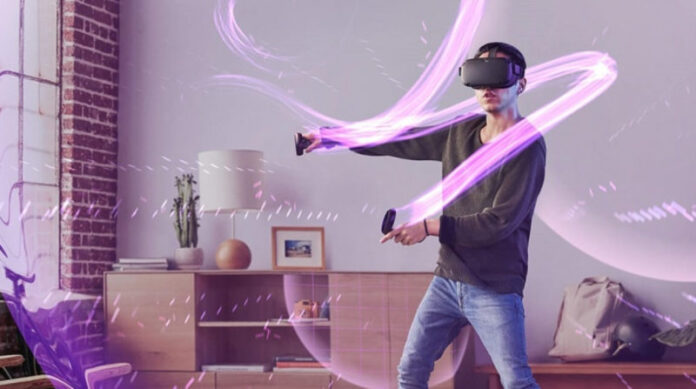The modern VR boom didn’t start with standalone headsets, but it looks like they’re ready to take over. New sales data out for 2019 showed a huge boom for headsets untethered from PC, and that could have a huge impact on VR fitness adoption.
Standalone is the future
Nielsen’s firm SuperData recently released a slew of statistics about digital games and media for 2019. Among the data was information on VR headset sales through the year. With Oculus Quest launching in 2019, it’s no surprise that standalone headsets got a major boost. Sales of standalone headsets were up by more than 100 percent, and Oculus Quest sold over 200,000 units during the second quarter alone. PC-connected headsets, meanwhile, saw their sales dip slightly, though we already knew that the Valve Index sold out during its launch period and is still unavailable.

The success of Oculus Quest, however, is the key takeaway for VR fitness enthusiasts. Continued sales for the device and similar standalone headsets will mean even more developer support. Big-name games like BoxVR, Beat Saber, Creed: Rise to Glory, and Dance Central released on Quest for a reason. It is convenient, affordable, and capable of offering more fitness opportunities than a headset connected to a PC via wires.
The Quest’s convenience will only improve with its new support for controller-free hand and finger tracking. Though lacking the accuracy of the tracked-motion controllers, it points to an idealized version of VR fitness where even less is put between you and your game.
If you’re looking to jump into Oculus Quest fitness, you’ll have to wait a few more weeks. The headset is currently sold out until around February. Those who have managed to pick one up can play new games like Path of the Warrior and Pistol Whip. Check out our list of Quest fitness games for even more suggestions so you can switch up your workout.



